Design: Turkey / Istanbul
Under the influence
In the bustling centre of this diverse city, multidiscplinary design studios and visionary talents are creating new buildings and spaces with soul.
Plenty of ink has been poured over Istanbul’s mystique; its status as a crossroads for cultures, religions and customs is well known. So let’s get the clichés out of the way: it’s a place where East meets West, Asia meets Europe, religion meets secularism and past meets present. These clichés sometimes hold truth, with Istanbulites created in their city’s image, adept at negotiating swirling economic, social and cultural currents. Nowhere is this more apparent than in the field of design, where Istanbul-based studios demonstrate multidisciplinary nous and a can-do mentality.
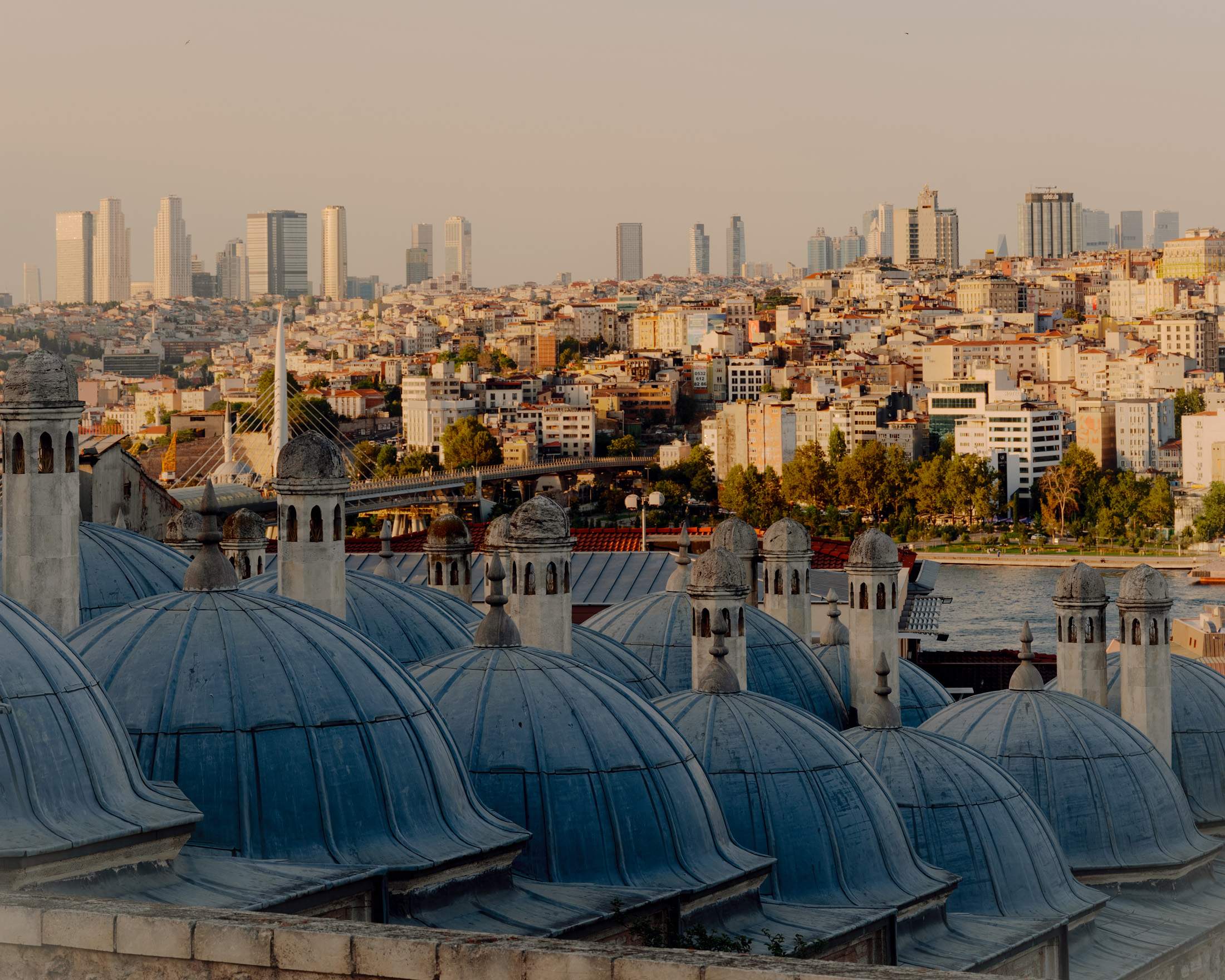
In this city of 16 million people, there are countless firms seamlessly shapeshifting between architecture, urbanism, print and more. Istanbul’s complex matrix and occasional chaos has fostered an agility among its designers, particularly in the central and historic neighbourhood of Beyoglu, which rises up from the port and the Galata Tower towards Taksim Square.

Here, above a cobbled street, architecture firm Superpool has been designing offices, retail outlets, exhibitions and urban interventions since it was founded by Selva Gürdogan and Gregers Tang Thomsen in 2006. The business-and-life partners first met at Dutch architect Rem Koolhaas’ Office for Metropolitan Architecture (oma) in Rotterdam but decided to set up their practice in Istanbul where they sensed more possibility to conduct projects that would have a more meaningful effect on the built environment. “When we began, we simply could not do business as usual in the ‘starchitect’ manner that was prevalent back then,” says Tang Thomsen. “Istanbul is a very fluid place; whatever you put in needs to adapt and change,” adds Gürdogan in agreement. “It forces you to be multidisciplinary as you work with the flows of the city. It’s not perfect and that’s the beauty of it. You can imagine ways to transform it.”
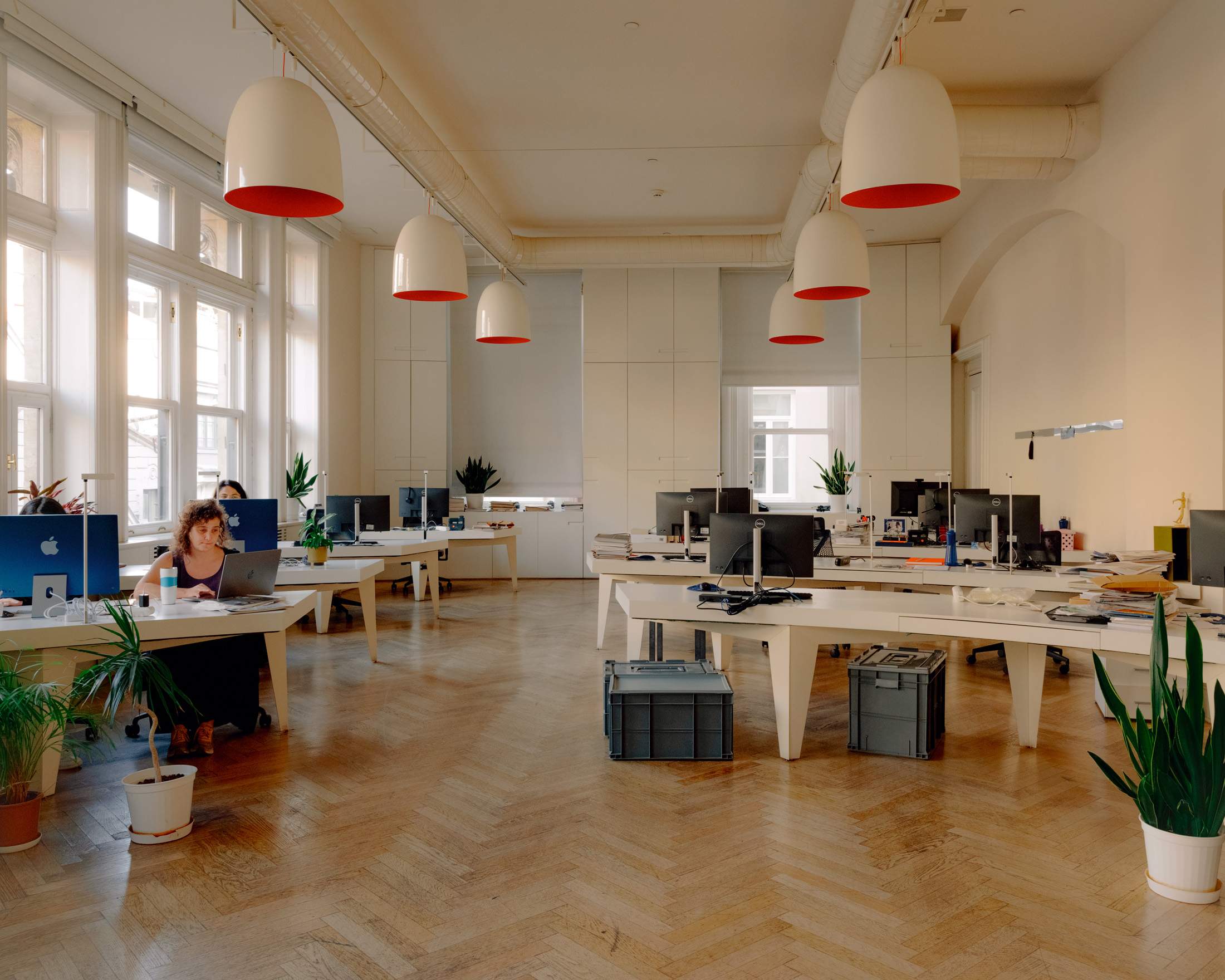
Beyond architecture and interior design for commercial properties, a central part of Superpool’s practice is looking at how cities can better accommodate children. This research has led the studio to collaborate with local municipalities on urban interventions in underserved corners of the city. It’s working with the Netherlands-based Van Leer Foundation as part of its Urban95 programme, a global initiative aimed at helping city leaders and urbanists create spaces that can positively influence youth development. After successfully turning around Yali Square and Zümrütevler Square on the Asian side of the city with colourful pedestrian-focused interventions, Superpool published its findings as neat books and maps, and is now exploring how best to share its expertise further afield in Ethiopia and Jordan. What began as branching out for the practice has, in turn, led to branching out internationally.
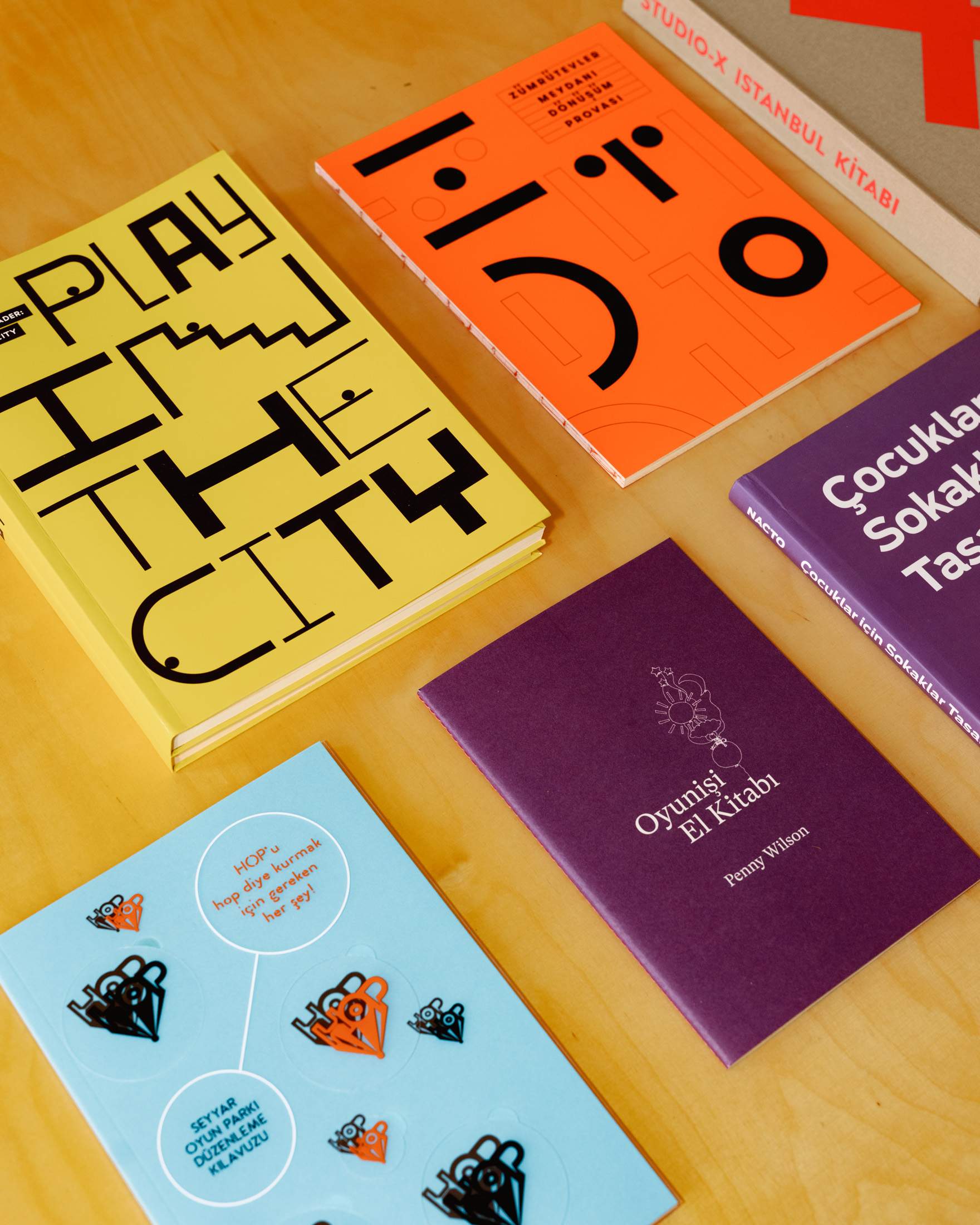
A short walk away, another team of architects is working with a similar mindset to tackle wider problems through design. Based between New York and Istanbul, Sour is a studio that has pioneered research-driven and collaborative design methods since 2015. “In Istanbul cultures live together and find a middle ground; everything becomes a negotiation,” says British-Turkish Inanc Eray, who worked at Zaha Hadid Architects in London before founding Sour. “Sometimes it can be a challenge because it’s an on-guard society that requires convincing. It keeps you on your toes – and in an agile state of mind.” Eray sees the evolution of Istanbul’s cross-functional mentality as a response to a lack of standardised rules in architecture and design in the country. It’s a status quo that requires architects to oversee everything from acoustics and insulation-thickness calculations to material selection and project ideation.
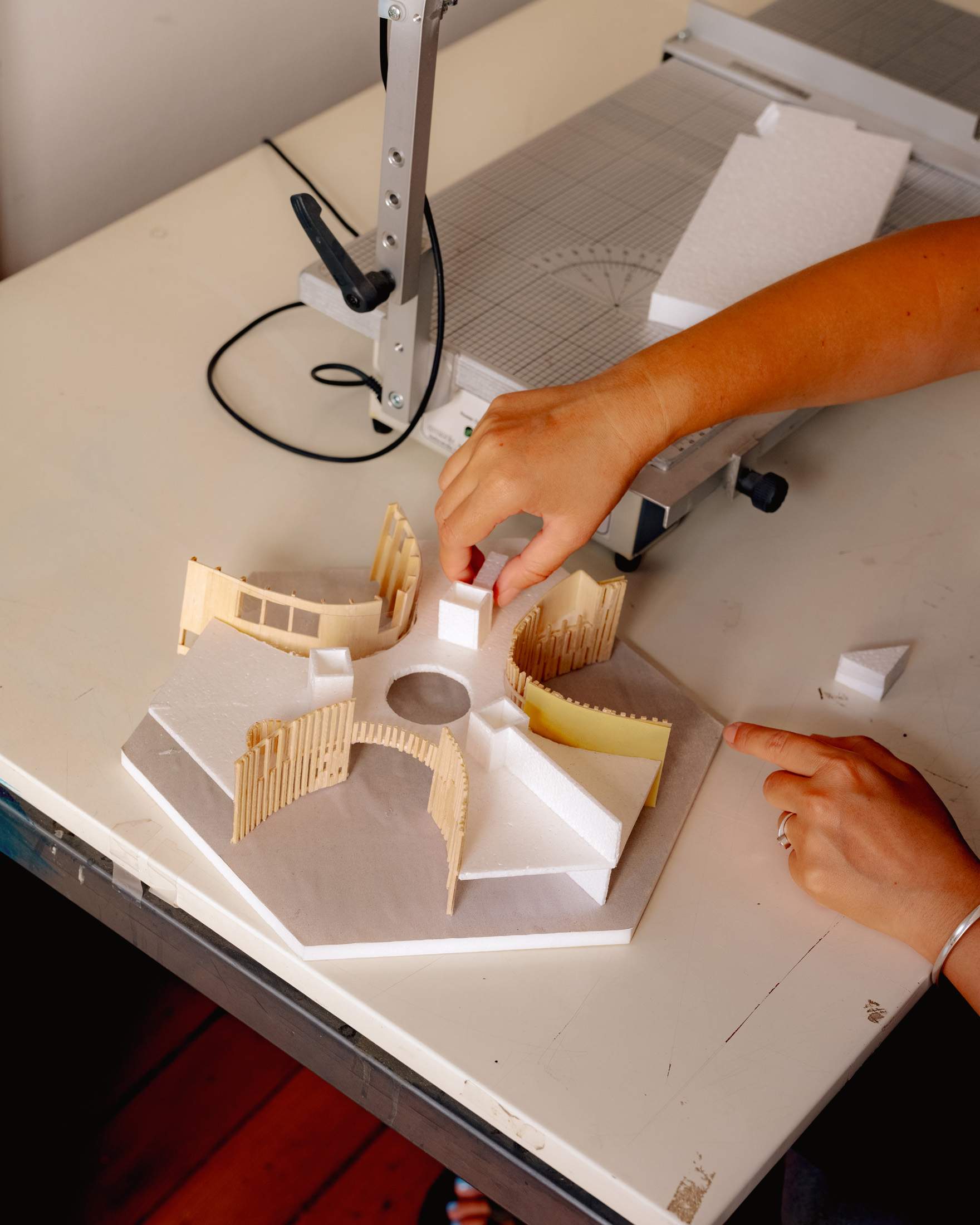
“Real creativity is making something happen within the budget and time that you have,” says American-Turkish Sour partner Pinar Guvenc. “It’s frugal innovation.” In recent years the studio has been looking into risk assessment and post-disaster urban regeneration. Sour was invited by the Türkiye Design Council to help in the aftermath of the devastating 2023 earthquake in Antakya in the southeast of the country. Working with a national organisation requires understanding Turkey’s political context but Guvenc recognises opportunities to build a strong, neutral common ground through collaborative design. “There’s something unbiased about translating the voice of the people into your work.”
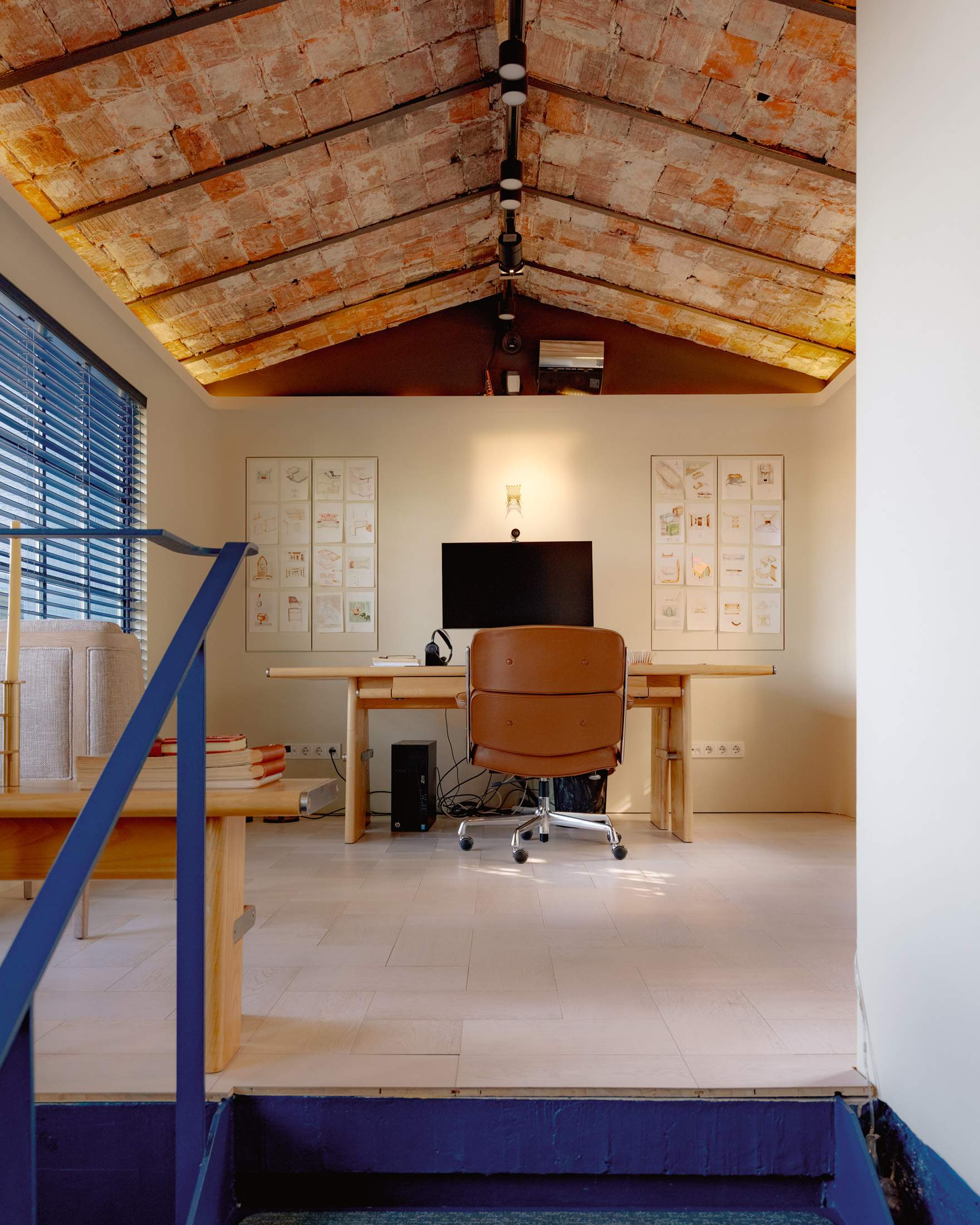
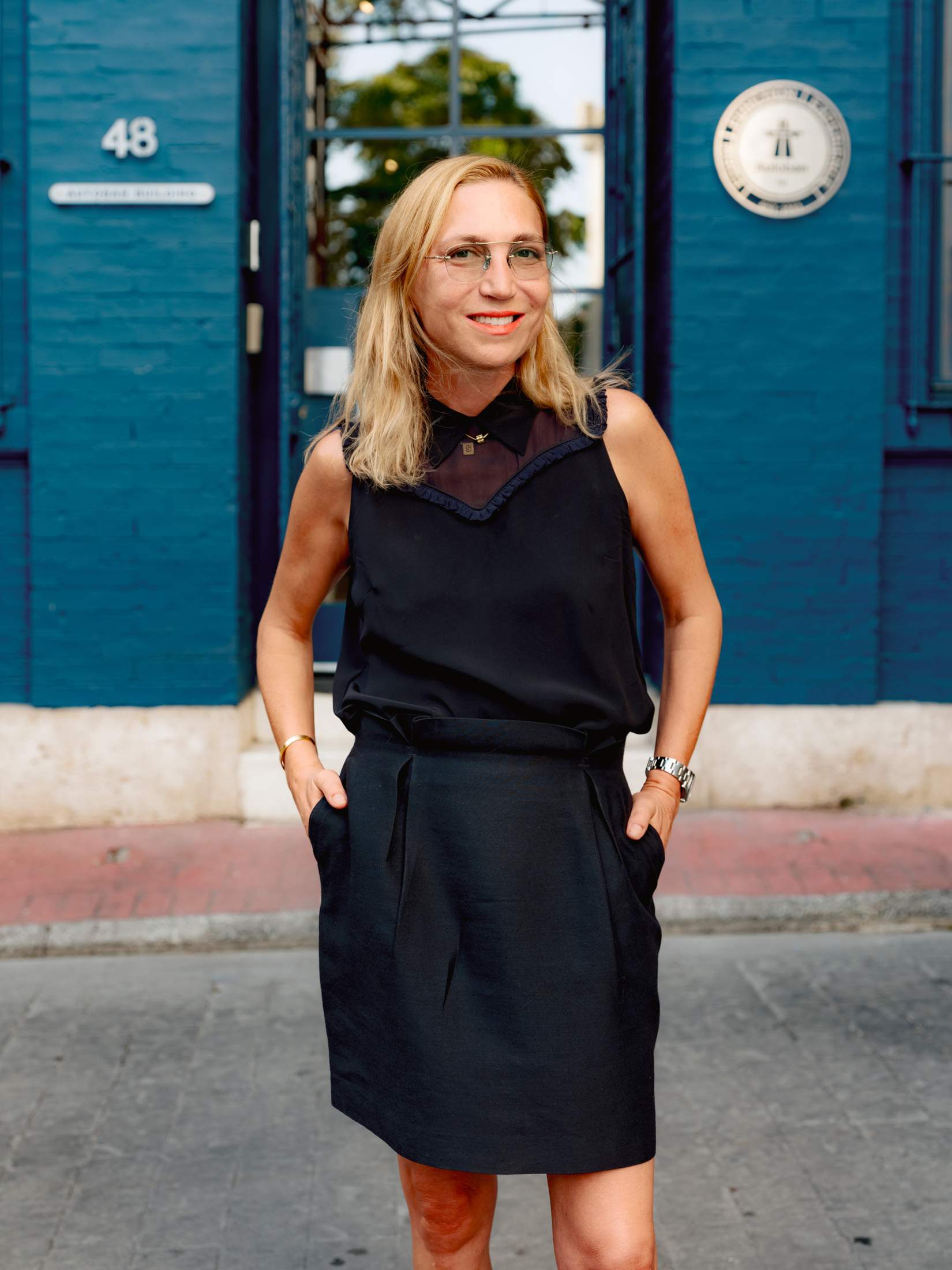
It’s an outlook shared by Sour’s neighbours and fellow Beyoglu-based studio Autoban. “We focus on public projects so that we can reach more people,” explains its co-founder, Seyhan Özdemir Sarper. From the top-floor terrace of Autoban’s headquarters, Istanbul sprawls out over landmarks such as the Hagia Sophia, first built around 537 AD, and the Çamlica telecommunications tower, which was finished in 2020. In between these structures lie a host of popular cafés, hotels, clubs, shops and even a supermarket that Autoban designed in 2003. “We created a new lifestyle for people; not only the interior architecture but the full picture,” Özdemir Sarper tells monocle. “The beauty of our profession is that we make our dreams real with other people’s money. We design places first for ourselves and our satisfaction.”
In time, Autoban has evolved to do it all, from product and furniture design to conceptualising new city landmarks and major transportation hubs in Istanbul and further afield. One such example is the Heydar Aliyev International Airport in Baku, Azerbaijan. In 2020, on the coastline of Istanbul’s Karakoy neighbourhood, Autoban executed its vision of a modern cruise terminal that draws inspiration from the city’s antique water cisterns. “We were asked to design an underground Istanbul landmark with no daylight,” says Özdemir Sarper with a laugh. “And can you please turn it into one of the most fantastic cruise terminals in the world?” The result is a cavernous, sleek and highly functional space that can accommodate 15,000 passengers, crew and staff. It also serves as the first and last point of contact for people visiting Istanbul, creating an initial and, hopefully, lasting impression of the city.
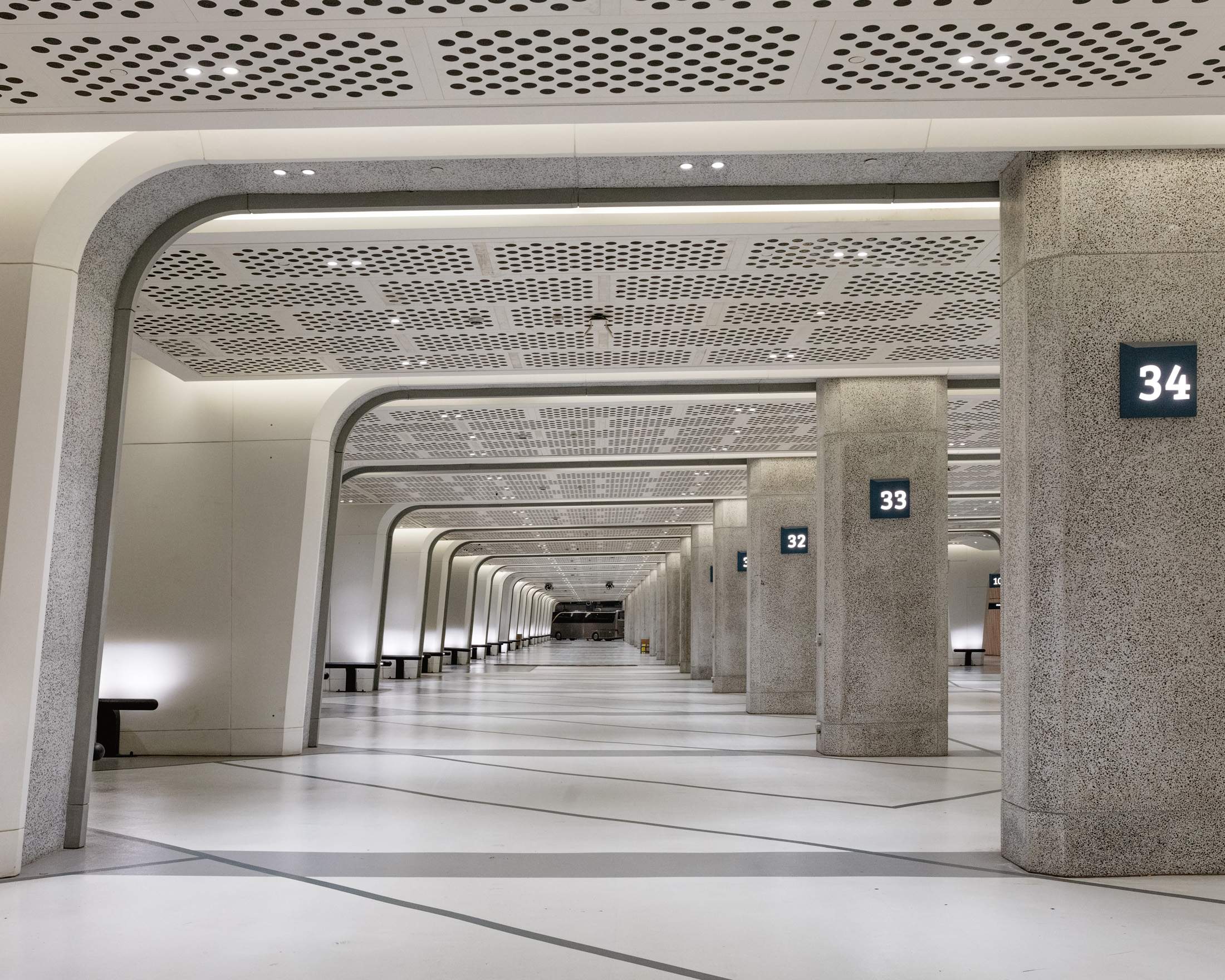
A 40-minute drive (if the traffic’s good) from Beyoglu to the Maslak business district leads to design studio Sanayi313’s office, events space and emporium in a converted workshop. Brothers Enis and Amir Karavil founded the practice in 2014 and have shaped Istanbul’s contemporary design scene, working on residential projects and the interiors of shops and cafés, including Beyoglu’s sleek Petra Pera café and the Raisa Vanessa shop in upscale Akaretler. All have a minimalist starkness, topped with decorative flair and hints of Ottoman opulence. “I like heritage; combining pieces and contrast,” Enis Karavil tells monocle with his Schnauzer, Polka, on his lap. For Karavil, Istanbul is an endless source of inspiration. “It’s interesting to be in this environment, this history, the Byzantine architecture, the art deco, the art nouveau, the mosaic of churches, synagogues and mosques,” he adds. “The economy is in flux but I believe it will get better. We need to stay positive. There’s an educated young generation coming through and a bright future.”
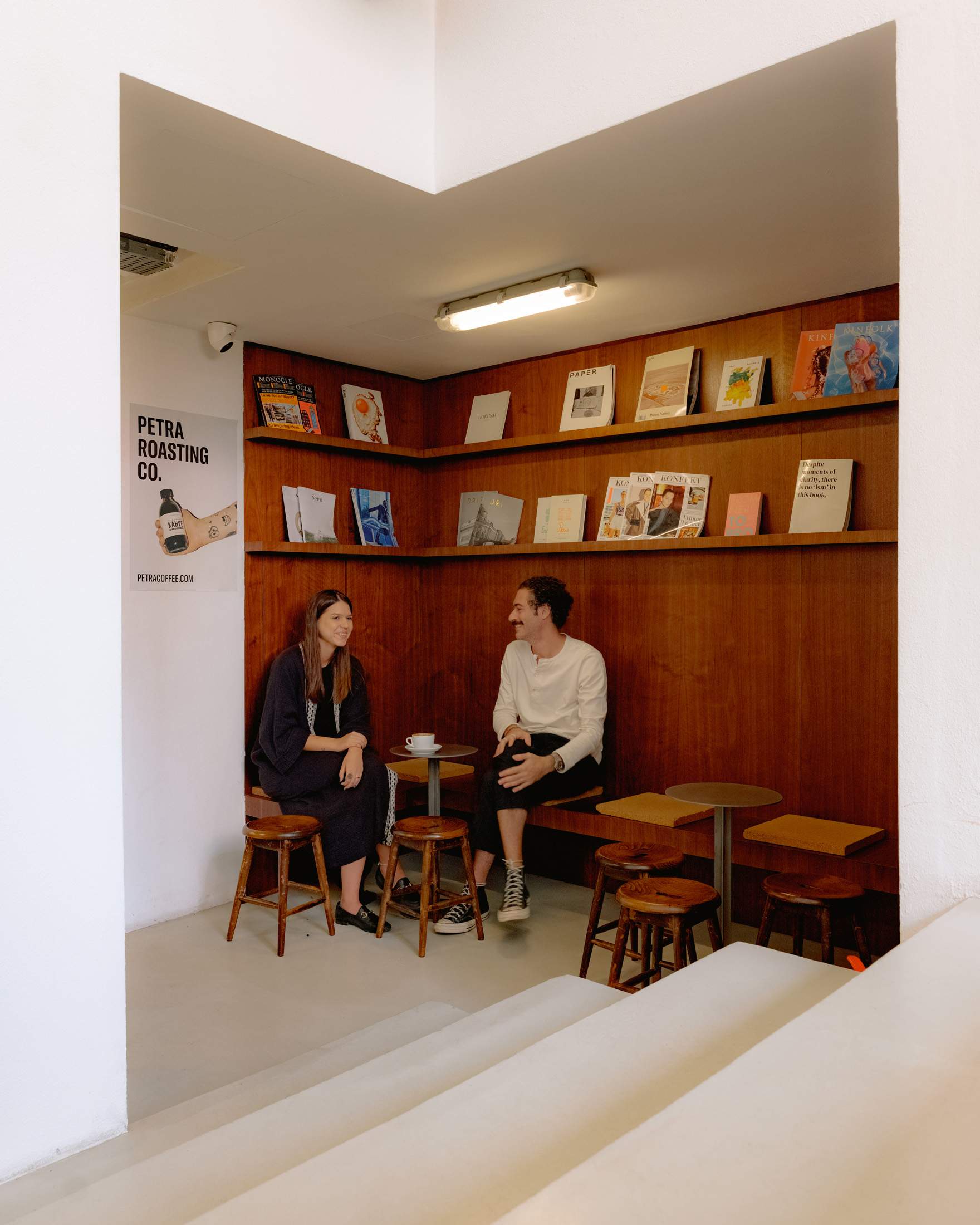

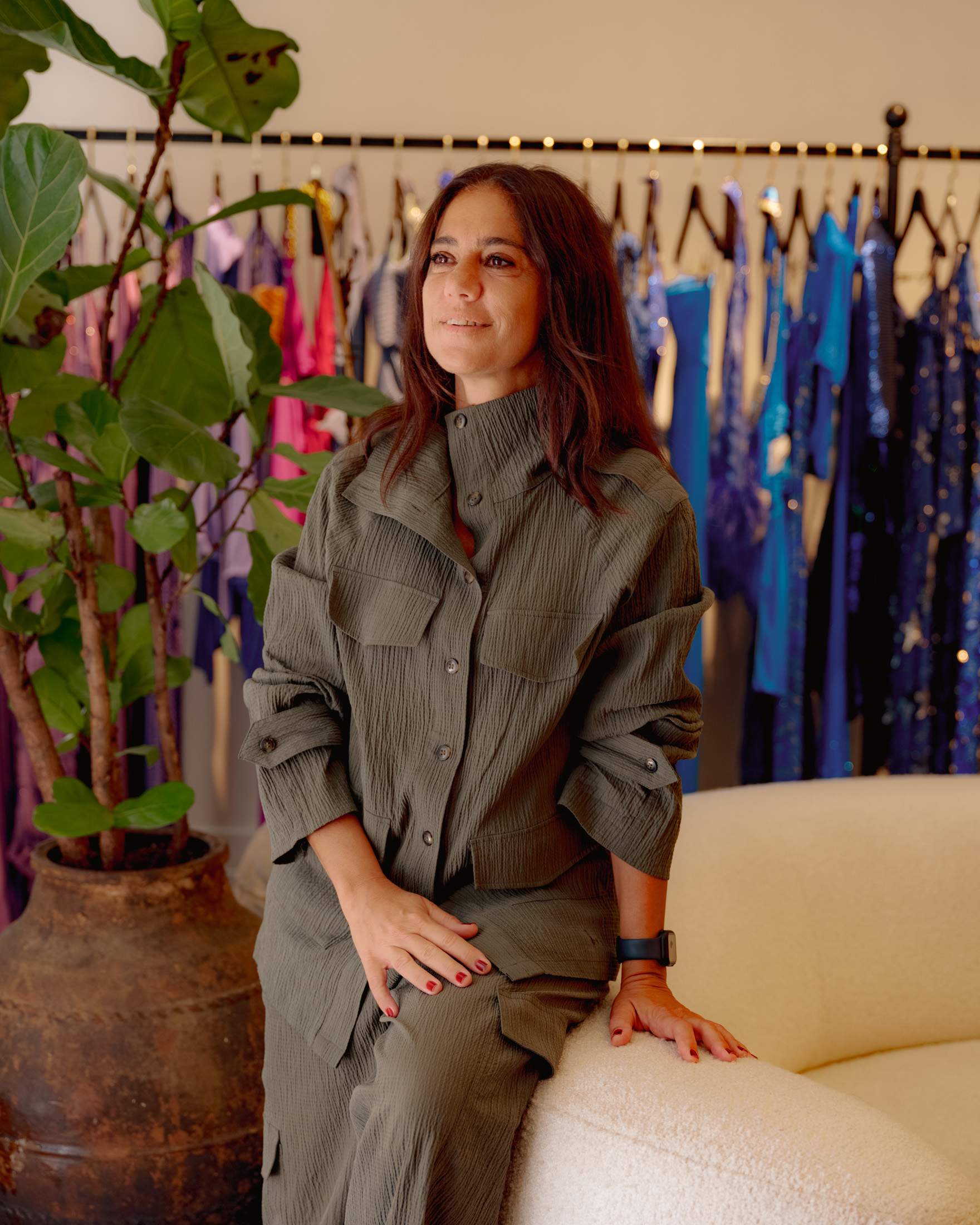
Every year, the studio also publishes its own magazine, Paper. “We like to go deep, see progression and explain ourselves through different disciplines,” says Enis Karavil. The magazine’s editor, Sidni Karavil, agrees. “We feature real Istanbulites and run interviews with artists, writers and designers on how they live in the city,” she says of the magazine, which encompasses design, travel, literature and traditional Turkish food recipes. “After every issue is printed we grow the community.”
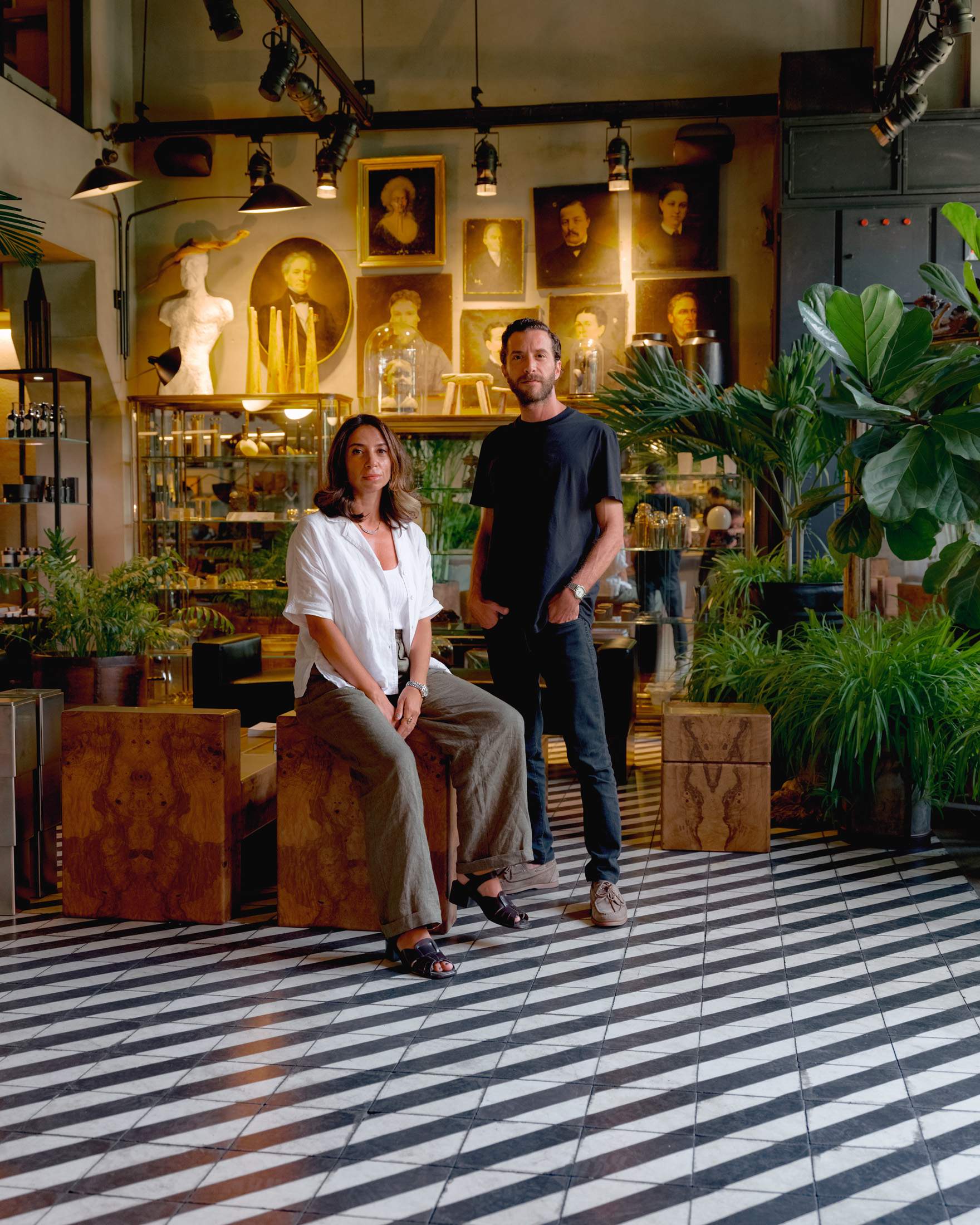
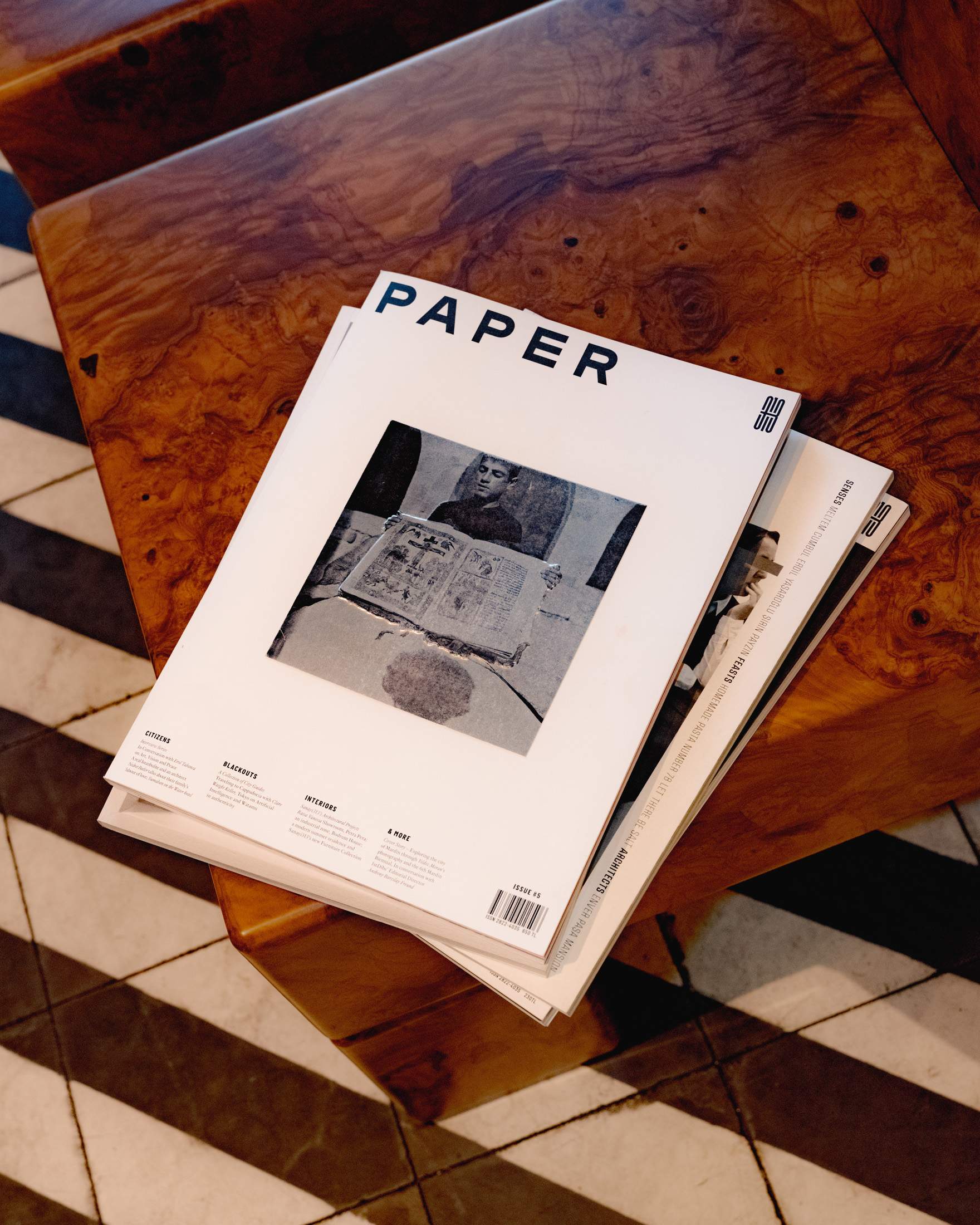
The studio is also committed to supporting the city’s craft community too, producing a line of ash veneer-and-leather furniture manufactured by the ustalar, the craft masters of Istanbul. These wares, in an effort to increase the profile of collectable Turkish furniture, are sold in galleries in Geneva, London, New York and Sydney, as well as on the website 1st Dibs.
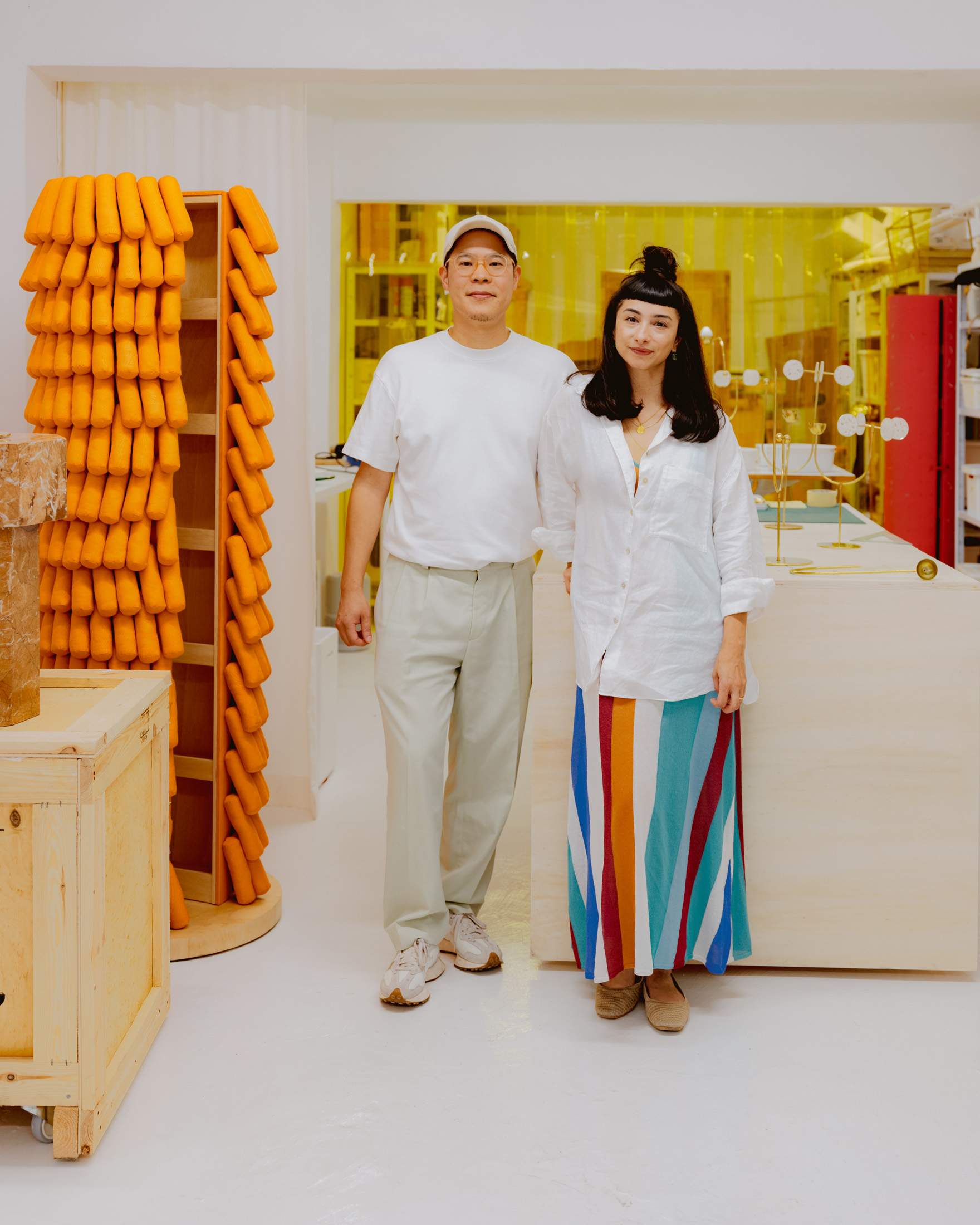
Also investing in craft, and partnering with local ustalar are Turkish artist and designer Dilara Kan and American-Chinese industrial engineer Bodin Hon. Based in the upscale neighbourhood of Sisli, the duo have set up the Istanbul base for its burgeoning multidisciplinary practice, Yellowdot.
After meeting in Milan at the prestigious Istituto Europeo di Design, the pair now split their time between Hong Kong and Istanbul but Turkey is where much of their product development takes place, from upholstered cabinets in a traditional Ottoman fabric to playful brass chandeliers for storing eggs (yes, really), in dialogue with the local ustalar. “We work with them to understand the design process in lighting, woodworking, marble and upholstering,” says Kan with a smile. “They give us a lot of feedback. We produce everything with their direction.”

As an emerging studio, Kan and Hon are gaining traction thanks to their playful eye, showcasing work during the design-fair circuit of Maison & Objet in Paris, Dubai Design Week and Milan’s Salone del Mobile. But being based outside of the EU can present its own challenges. “It’s not as easy as putting things in a truck and driving over,” says Hon. “We plan ahead and learn every time we take a trip.” Difficulties also emerge due to the instability of the Turkish lira and the hyperinflation that has plagued the country’s economy for almost a decade. “If a project lasts too long, the cost will fluctuate,” adds Hon. “It’s hard to explain this to people outside of Turkey.”
For Yellowdot, persisting amid the chaos is the price to pay when it comes to benefiting from Istanbul’s local craft savoir-faire and drawing inspiration from the wealth of culture and history it offers. “We’re playful in our designs because Istanbul is already extremely chaotic,” says Kan. “We have to flow around it. We find our way through playfulness and humour.”

It’s an apt explanation for the broader approach of the city’s creatives, who are leaving a mark not only on Istanbul’s physical spaces but also on the fabric of its design community, showing that designers – much like the Turkish capital – can’t easily be categorised or pigeonholed. As Istanbul continues to write its complex, multilayered story and push on into the 21st century, championed by its proud and multifaceted residents, much ink remains to be spilled. —
Studio CVs:
Sour
2015
Founding of Sour.
2023
Begins Antakya Urban Regeneration Project. Puts forward its floating structure proposal for the Izmir Sustainability Centre, sal.
sour.studio
Sanayi313
2014
Founding of Sanayi313.
2015
Opening of its headquarters in Maslak.
2019
Launch of in-house magazine, Paper.
sanayi313.com
Superpool
2006
Founding of Superpool
2018
Starts working with the Van Leer Foundation on Urban95.
2021
Unveils a six-month intervention on Yali Square.
superpool.org
Yellowdot
2018
Founding of Studio Yellowdot.
2023
Collaboration with Istanbul ceramics company Gorbon.Participation at Salone del Mobile.
studioyellowdot.com
Autoban
2003
Founding of Autoban.
2014
Completes Heydar Aliyev International Airport in Baku.
2020
Unveiling of Istanbul’s cruise terminal, Galataport.
autoban.com


